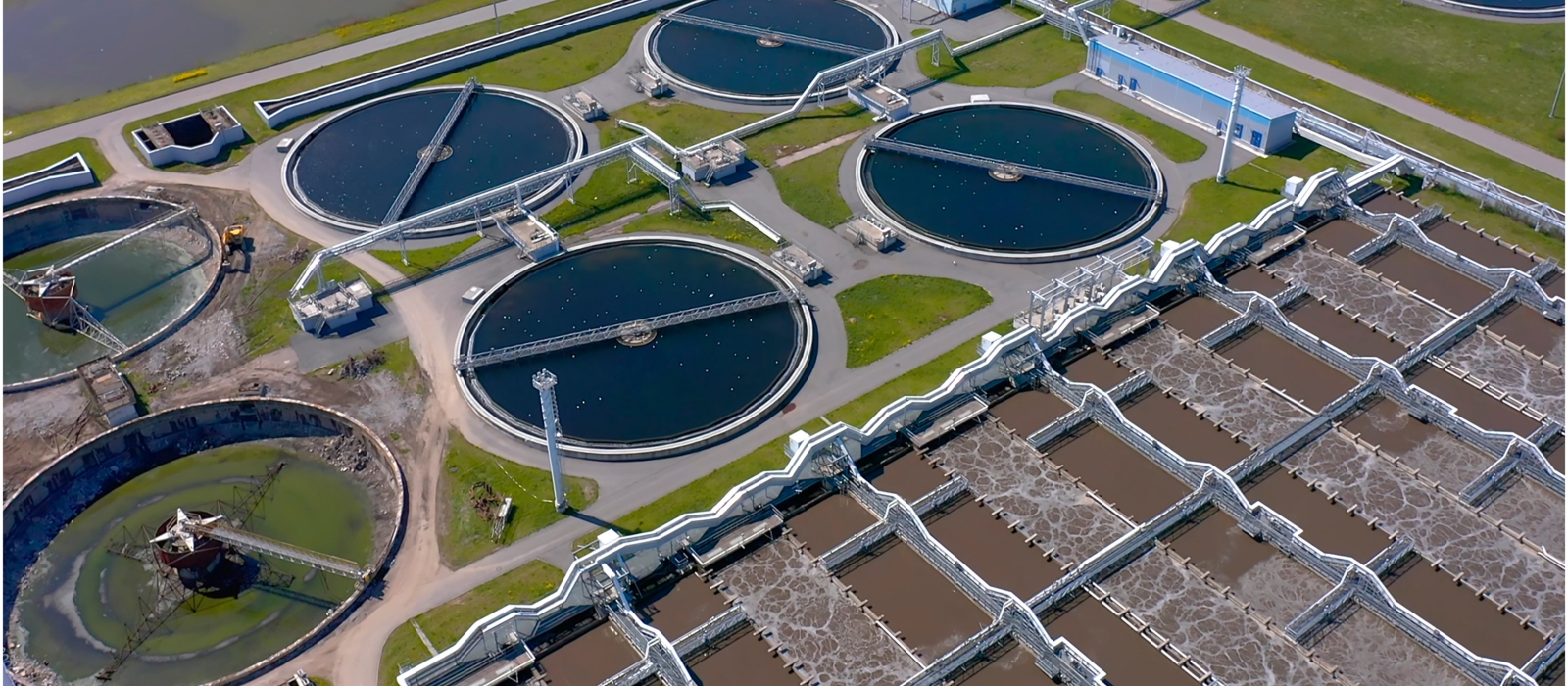Below is a short list of current research projects:
Wastewater and Agricultural Aeration Efficiency
Wastewater treatment consumes an estimated 38% of Canada’s municipal electrical energy usage, with a significant portion of this devoted to wastewater aeration. Aeration plays a vital role in wastewater treatment, providing micro-organisms the necessary oxygen required to digest and metabolize the carbonaceous matter which makes up the majority of municipal wastewater. State-of-the-art wastewater facilities perform aeration through bubble diffusers, where pressurized air is forced through membranes or diffusers at the base of aeration basins. While simplistic in design, bubble diffuser technology is nonetheless hampered by thermodynamic laws: pressurizing air is simply not as efficient as pumping water. The overarching goal of this research proposal is to better understand mass transfer and improve efficiency in venturi-aspirated aeration devices. Here, a water pump is used in lieu of air compressors, and air may be entrained at the throat of a Venturi tube, where it mixes with wastewater in a confined tube assembly intended to increase oxygen transfer. In pursuit of this goal, we are simulating Venturi aspiration using computational methods and comparing to wet-lab experiments, with the purpose of optimizing Venturi geometry from an energy efficiency standpoint.
Adaptive Airfoil Design for Improved Aerodynamic Performance
Bio-mimicry, a practice where complex problems are solved using naturally found systems or elements, is a fascinating subject which has given rise to many recent engineering feats, from common aerodynamic forms to the shape of treads on automobile tires. One astonishingly effective biological system is the means by which fish and cetaceans swim, where propulsive efficiencies are often far greater than propellers constructed by humans. Using inspiration from this observatoin, a morphing or adaptive airfoil concept is being studied for improved aerodynamic performance. Recent studies indicate that these passively flexible airfoils help to reduce stall as well as increase operational range and lift-drag ratio, with possible advantages in small Reynolds number flight such as micro-air or unmanned aerial vehicles.
Flexible blade design for wind and wave energy conversion
Many engineering devices are designed to operate optimally at a specific set of conditions, termed the “design point”. As an unfortunate side effect of this design practice, wind turbine efficiency can drop drastically in varying wind loads, especially so when speeds fall outside the operational envelope. This project involves flexible blade design for wind turbines, wherein the blade acts as a passive pitch control mechanism, effectively adjusting its geometry in response to varying loading. This adaptability has proven to offer two major advantages over rigid blade designs: 1) higher efficiency, especially away from the design point, and 2) an increased operational envelope, allowing for greater energy capture especially in locations experiencing high wind variance.
Thermal Energy Storage
Electricity is produced mainly from power-plants operating at steady state. When demand spikes other means must be used to provide the additional supply with little notice, often coming from the burning of fossil fuels at low efficiency. In hot climates, these spikes are often the result of air conditioners working to provide space cooling. Thermal Energy Storage (TES) is an effective strategy in these locations to save energy costs and decrease greenhouse gas emissions. This research involves design and analysis of ice TES systems, which can be used to create cooling storage at night using low cost electricity. This TES storage can later be used during high energy demand times, reducing operational costs and overall peak demand. We are also looking at using the same thermodynamic principles applied to Concentrated Solar Power (CSP) systems, where storage of high temperature thermal energy is essential for providing base electricity loads.
Solid State Metal Additive Manufacturing
Metal additive manufacturing presents unique challenges to obtaining high part quality at low cost. Many metal AM processes are fusion-based, wherein a metal wire or powder is selectively melted using a concentrated energy source to form the desired part shape. Unfortunately, this technique presents a host of problems associated with localized heating and can induce high residual stresses leading to defects in the finished part. An alternative to fusion-based processes are solid-state processes, where the deposited material does not reach its melting point. Additive Friction Stir Deposition (AFSD) processes are a relatively new technology wherein feed material is deposited using a rotating, non-consumable tool, resulting in parts that often have better material characteristics than the feed material. Current research in this facet is devoted to simulating the AFSD process using a finite-volume framework, with focus on heat transfer, material deposition and part temperature during the transient process.
Prof. MacPhee is also interested in all areas involving renewable and clean energy conversion, as well as various other topics in fluid and solid mechanics, thermodynamics, heat transfer and system optimization.
